Submitted by Rick Crider, Director, Prescott Regional Airport
While I am very new to Prescott and still getting to know all the wonderful people in this community, I am aware that over the past few years there has been a great deal of discussion and a wide range of opinion about land acquisition to protect Prescott Regional Airport (PRC) from incompatible uses. Through this letter, I hope to share some facts about airport protection and information specific to Prescott Regional Airport (PRC). I will also distinguish the difference between open space for airport protection and open space for recreational uses.
Prescott Regional Airport continues to be a hub of economic activity. It connects Prescott with the world through daily flights to Denver and Los Angeles on United (operated by SkyWest Airlines). Flight training through Embry Riddle Aeronautical University, and several other flight schools, continues to make up a big part of the airport’s daily traffic. And this time of year is when the US Forest Service Fire Center and tanker base flies missions all over Arizona and around the southwest.
As our airport grows, and Prescott grows around the airport, we should be mindful and strategic to ensure development is compatible and that it does not threaten the responsible growth of these important activities. The City of Prescott has been engaged with property owners around the airport for several years, seeking to acquire land for this purpose. Sometimes this can be an expensive endeavor and all these actions will require action by the city council in public meetings. In some cases, the City may receive reimbursement for part of these expenses through grants from the Federal (FAA) and State (ADOT) agencies.
I offer below some background information regarding airport protection and why the City of Prescott is seeking to acquire land to assure compatible land use and development.
Airport sponsors, like the City of Prescott in the case of PRC, take measures to protect and safeguard their airports and their surrounding airspace from encroachment by incompatible land uses or structures that could pose safety risks or operational constraints. Here are key reasons why airports need to protect against encroachment:
- Safety of Aircraft Operations: Encroachment can introduce obstacles such as buildings, tall structures, or even trees into the airspace surrounding an airport. These obstacles can pose hazards to aircraft taking off, landing, or maneuvering in the vicinity of the airport. Protecting airspace ensures that pilots have clear, obstruction-free paths during critical phases of flight.
- Noise Mitigation: Airports generate significant noise from aircraft operations, especially during takeoffs and landings. Protecting against encroachment helps mitigate potential conflicts with noise-sensitive land uses such as residential areas. Zoning regulations can restrict incompatible developments near airports to reduce complaints and promote peaceful coexistence.
- Operational Flexibility: Airports require sufficient space for expansion, development of new facilities, and implementation of safety measures. Encroachment limits this flexibility by constraining available land for airport operations and future growth. Protecting airport boundaries ensures that sufficient land is available for current and future aviation needs.
- Compliance with Aviation Regulations: The Federal Aviation Administration (FAA), mandates airport protection through regulations and guidelines. These regulations define specific zones around airports, where height restrictions and compatible land use controls are enforced by the Airport Sponsor to ensure aviation safety and operational efficiency.
- Economic Considerations: Airports are critical economic engines that support regional development, job creation, and tourism. Protecting airports from encroachment helps sustain their economic contributions by preserving their ability to operate efficiently, expand as needed, and maintain competitiveness within the aviation industry.
Overall, airport protection aims to balance the need for safe and efficient aviation operations with surrounding land uses and community interests. Through effective planning, zoning regulations, and coordination among stakeholders, airports can mitigate risks associated with encroachment while supporting sustainable development and economic growth in their respective regions.
There is a clear distinction between acquiring land for airport protection and expansion and acquiring land for open space and recreational activities. I have outlined the reasons for acquiring land for airport protection against incompatible land uses.
Acquiring land for open space, conservation, and recreational activities, and spending City dollars to do so, is equally valid. Prescott citizens clearly value open space for recreation as it enhances quality of life. In fact, Prescott has acquired thousands of acres of open space in the past two decades. For example, in 2023 the City entered into an Intergovernmental Agreement (IGA) with Prescott Valley and Yavapai County to acquire land on and around Glassford Hill for this very reason.
The decision to spend taxpayer dollars for conservation and recreation are made from a very different set of criteria than airport protection, which focuses more on compatible development and potential future expansion. While both types of land acquisition are policy decisions made by our elected leaders, each have different criteria and rationale.
In closing, the case for protecting PRC from incompatible land uses is a sound one. When the City has the opportunity to leverage state and federal investment while protecting and expanding an important economic catalyst within our community, a very strong case for City investment in its airport becomes even more profound. Open space for preservation and recreational activities can also be considered a sound policy and in both cases these decisions are made by our elected leadership, informed by the community they serve.


